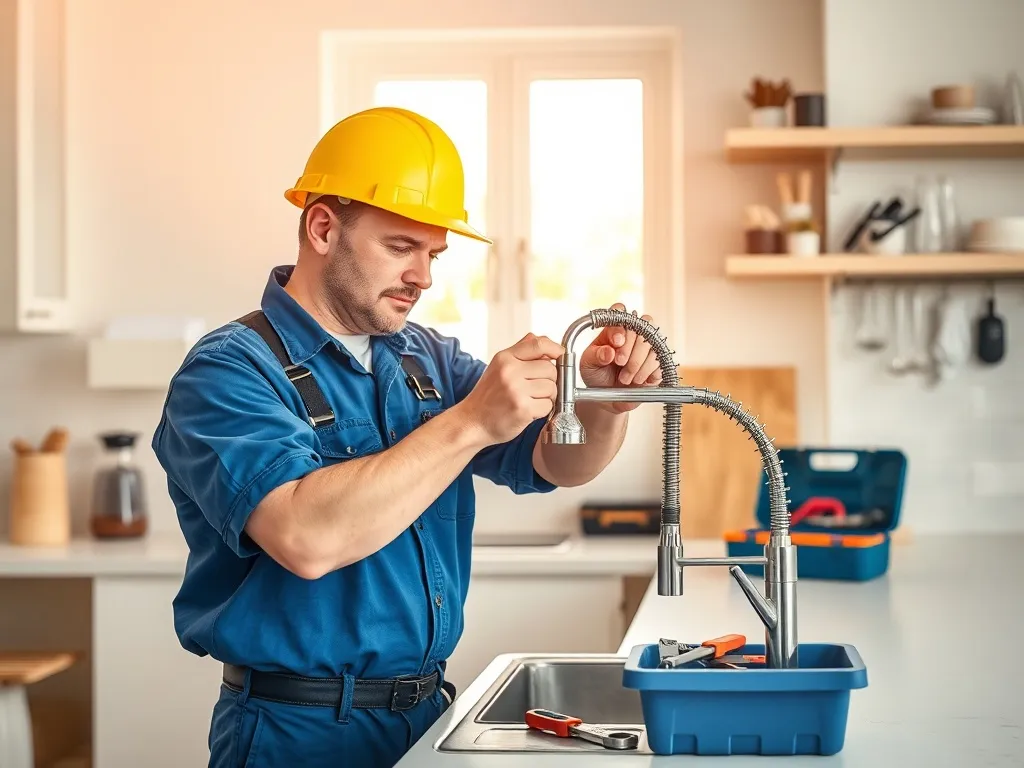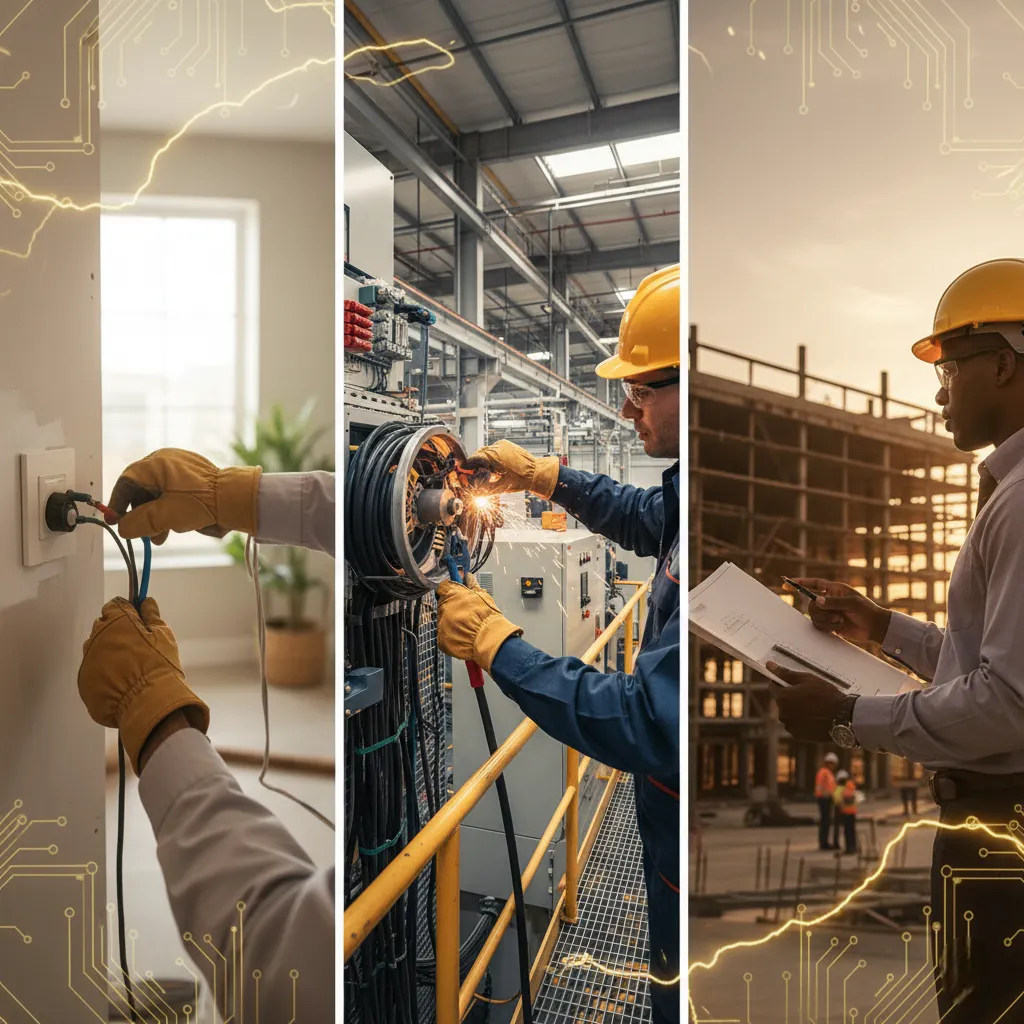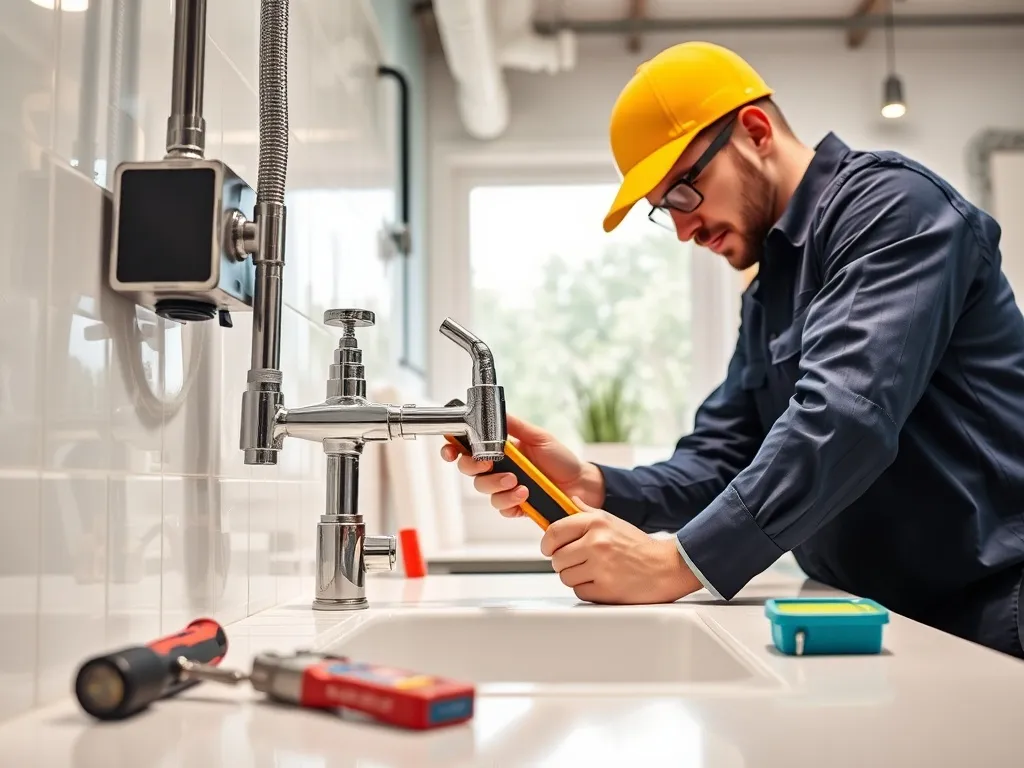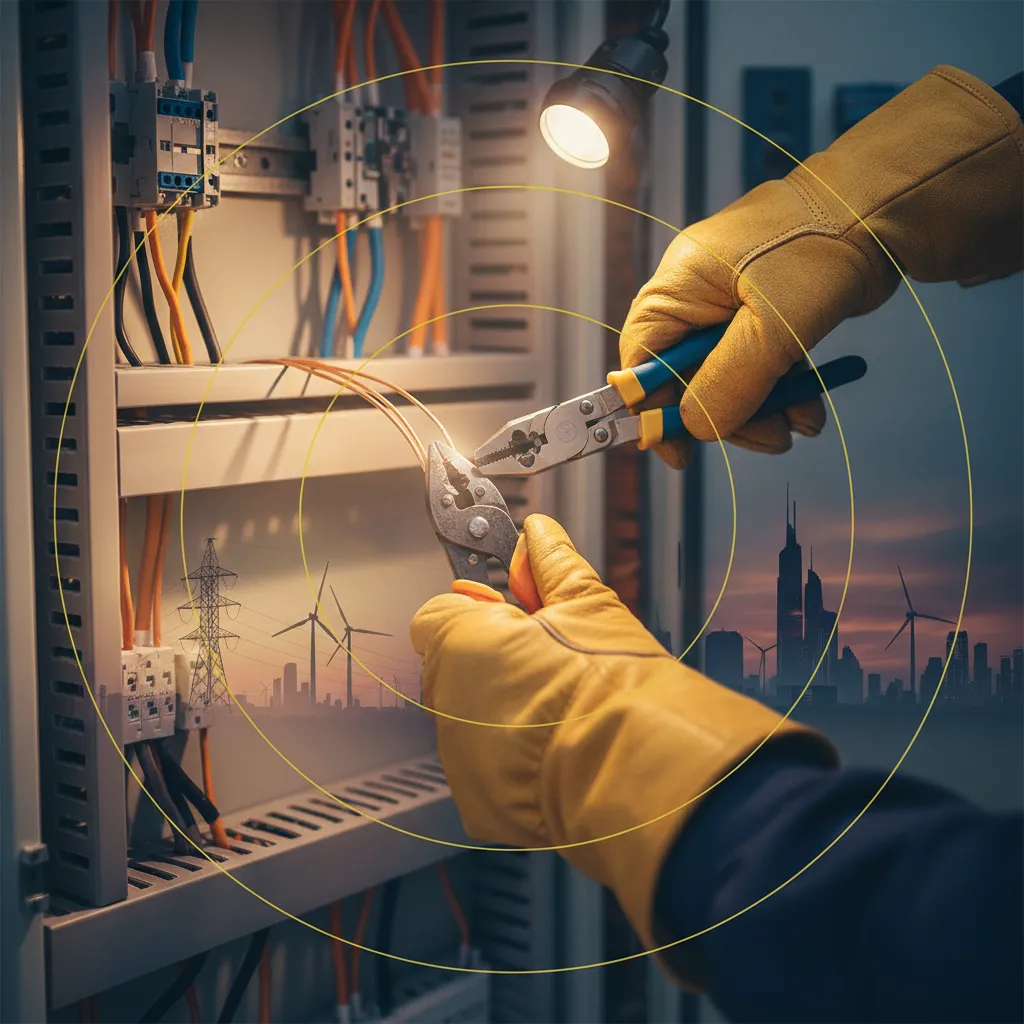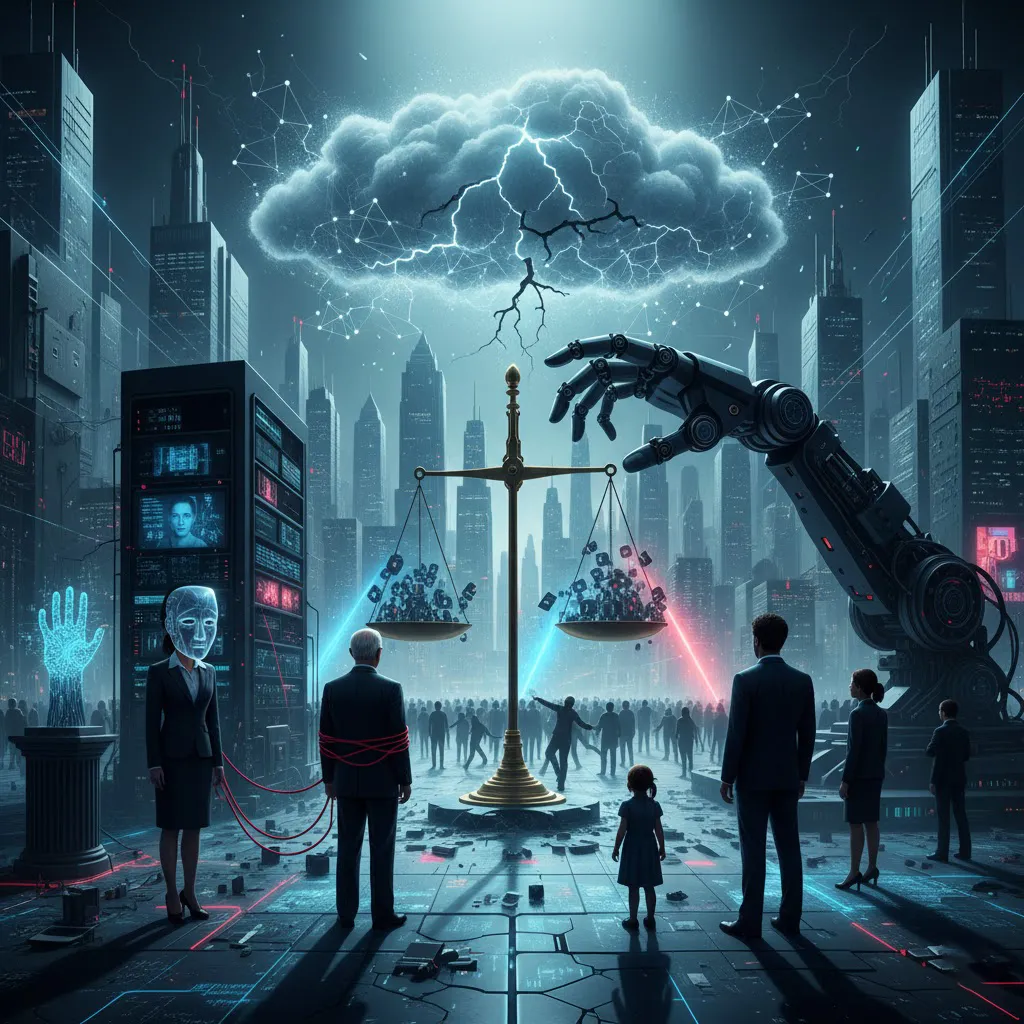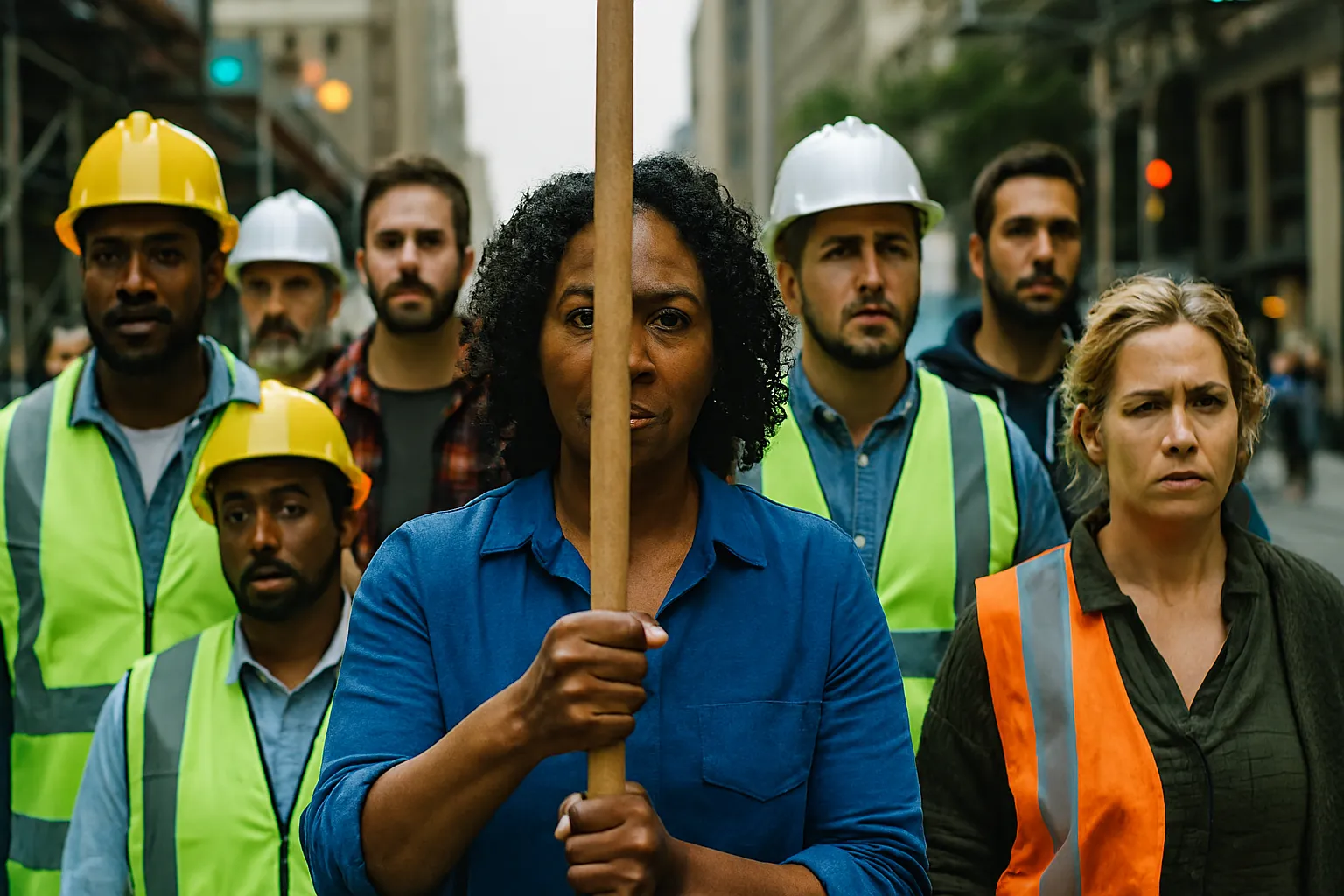Innovations in Nursing Homes: From Telemedicine to AI Monitoring
The world of elder care has changed dramatically over the past few decades. Once centered on traditional caregiving and in-person medical visits, today’s nursing homes are embracing a wave of innovations that combine healthcare, technology, and human connection. From the early adoption of telemedicine to the cutting-edge use of AI monitoring, these advancements are reshaping how older adults receive care, how staff manage workloads, and how families stay connected with their loved ones. This article explores the evolution of these innovations, arranged chronologically and thematically, to highlight the journey from simple digital tools to sophisticated, AI-driven ecosystems.
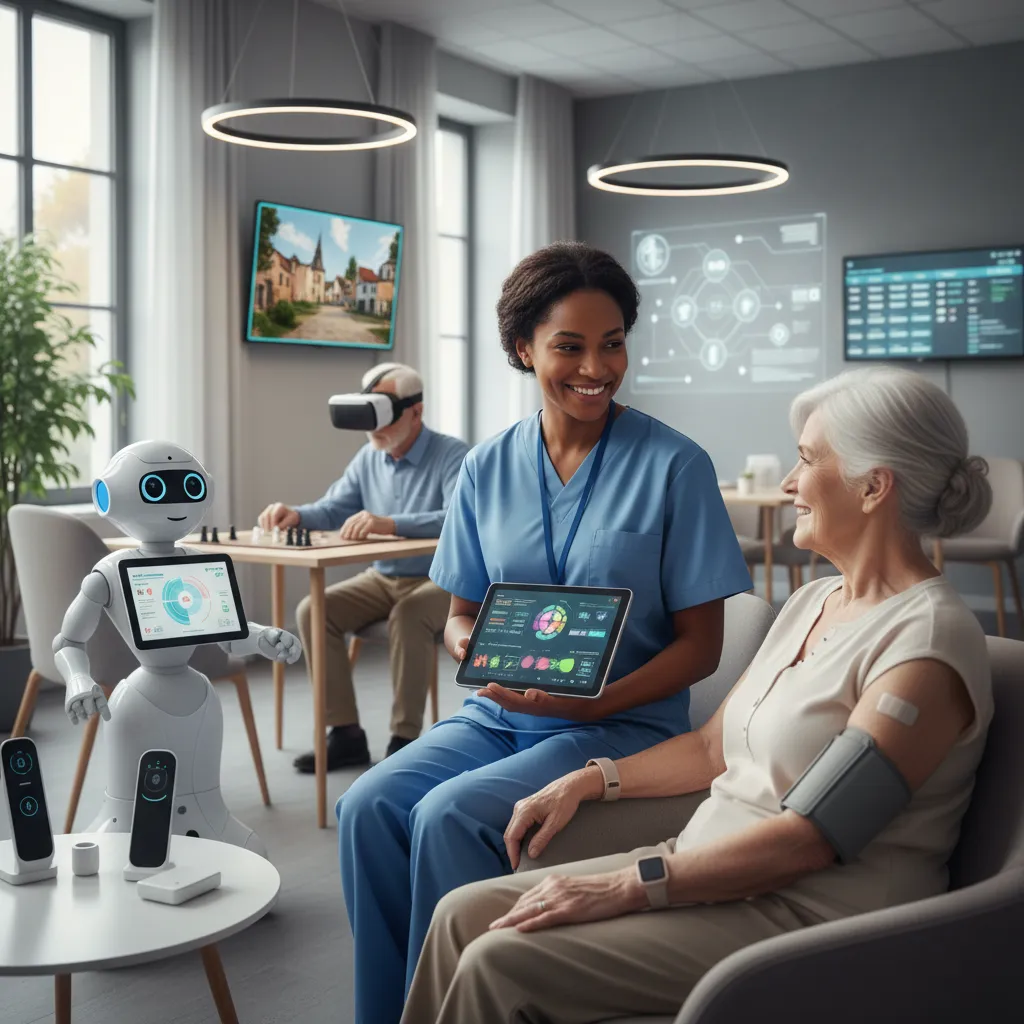
The Early Digital Shift: Electronic Health Records (EHRs)
Before the rise of telemedicine and AI monitoring, one of the first major technological shifts in nursing homes was the adoption of Electronic Health Records (EHRs). These systems replaced paper-based documentation, allowing caregivers and physicians to access patient histories, medications, and treatment plans in real time.
By digitizing records, nursing homes could also share data more efficiently with hospitals and specialists. This integration laid the foundation for future innovations, ensuring that patient information was accessible across different healthcare settings. The move to EHRs was not without challenges - staff training, costs, and data security were significant hurdles - but it marked the beginning of a digital revolution in elder care.
Benefits of EHRs
- Improved accuracy in patient records
- Faster communication between providers
- Reduced errors in medication management
- Better continuity of care across facilities
The Rise of Telemedicine
The next major leap came with the integration of telemedicine. Initially used to connect rural nursing homes with specialists, telemedicine quickly became a mainstream tool, especially during the COVID-19 pandemic. Residents could consult with doctors via video calls, reducing the need for stressful hospital visits and minimizing exposure to infectious diseases.
For families, telemedicine offered peace of mind. They could join virtual consultations, ask questions, and stay informed about their loved one’s health. For staff, it meant quicker access to medical expertise, reducing delays in treatment and improving outcomes. Telemedicine also helped address the shortage of geriatric specialists by making their expertise more widely available.
Key Advantages of Telemedicine
- Convenience for residents and families
- Reduced hospital transfers
- Faster access to specialists
- Enhanced family involvement
Remote Patient Monitoring Devices
As technology advanced, remote patient monitoring (RPM) devices became a staple in nursing homes. These devices track vital signs such as heart rate, blood pressure, oxygen levels, and glucose levels. Data is transmitted in real time to healthcare providers, allowing for early detection of potential health issues.
For example, a sudden drop in oxygen levels can trigger an alert, prompting immediate intervention. This proactive approach reduces hospitalizations and improves quality of life for residents. Families also benefit from knowing that their loved ones are being continuously monitored, even when staff cannot be physically present at all times.
Examples of RPM Devices
- Wearable heart monitors
- Smart blood pressure cuffs
- Continuous glucose monitors
- Pulse oximeters
Smart Medication Management
Medication errors have long been a challenge in nursing homes. Innovations in smart medication management systems have significantly reduced these risks. Automated pill dispensers, barcode scanning, and AI-driven reminders ensure that residents receive the right medication at the right time.
These systems also provide alerts for missed doses, track adherence, and integrate with EHRs for seamless record-keeping. For staff, this reduces workload and stress, while for residents, it ensures safety and consistency in treatment.
Benefits of Smart Medication Systems
- Reduced medication errors
- Improved adherence to treatment plans
- Integration with digital health records
- Peace of mind for families
Robotics in Daily Care
Robotics has emerged as a surprising yet impactful innovation in nursing homes. From robotic pets that provide companionship to robotic exoskeletons that assist with mobility, these technologies enhance both emotional and physical well-being.
Social robots can engage residents in conversation, play music, or remind them of daily tasks, reducing loneliness and cognitive decline. Meanwhile, robotic lifting devices help staff move residents safely, reducing injuries for both caregivers and patients. These innovations highlight how robotics can complement human care rather than replace it, creating a safer and more supportive environment.
Virtual Reality (VR) and Cognitive Therapy
Another exciting innovation is the use of Virtual Reality (VR) in cognitive therapy. VR experiences allow residents to “travel” to familiar places, revisit childhood memories, or explore new environments. This has proven especially beneficial for residents with dementia, as it stimulates memory recall and reduces agitation.
Beyond therapy, VR is also used for recreational purposes, offering residents opportunities for entertainment and engagement. By providing immersive experiences, VR helps combat boredom and isolation, two common challenges in nursing homes.
Smart Home Integration in Nursing Facilities
As smart home technology became mainstream, nursing homes began integrating tools like voice assistants, smart lighting, and automated climate control. These systems enhance comfort and independence for residents. For example, a resident with limited mobility can use voice commands to adjust the lights or call for assistance.
Smart sensors can also detect falls, monitor room temperature, and track movement patterns. This creates a safer environment while reducing the burden on staff. Families appreciate knowing that their loved ones live in a facility equipped with modern safety features.
AI-Powered Predictive Analytics
The introduction of AI-powered predictive analytics marked a turning point in elder care. By analyzing large datasets from EHRs, RPM devices, and other sources, AI can predict health risks before they become critical. For example, AI can identify patterns that suggest a resident is at risk of falling, developing an infection, or experiencing a cardiac event.
This proactive approach allows staff to intervene early, preventing complications and reducing hospitalizations. Predictive analytics also helps administrators allocate resources more effectively, ensuring that staff and equipment are available where they are most needed.
AI Monitoring and Real-Time Alerts
Building on predictive analytics, AI monitoring systems now provide real-time surveillance of residents’ health and behavior. These systems use sensors, cameras, and machine learning algorithms to detect unusual activity, such as wandering, falls, or sudden changes in vital signs. Alerts are sent instantly to caregivers, enabling rapid response.
Unlike traditional monitoring, which relies on periodic checks, AI monitoring offers continuous oversight without being intrusive. This ensures safety while respecting residents’ privacy. Families gain reassurance knowing that their loved ones are under constant, intelligent supervision.
Examples of AI Monitoring Applications
- Fall detection systems
- Wandering alerts for dementia patients
- Vital sign monitoring with predictive alerts
- Behavioral pattern recognition
The Future of Nursing Homes: Toward Fully Integrated Smart Care
Looking ahead, the future of nursing homes lies in fully integrated smart care ecosystems. These facilities will combine telemedicine, AI monitoring, robotics, VR, and smart home technologies into a seamless network. Residents will benefit from personalized care plans driven by AI, while staff will have access to real-time data and predictive insights.
Such integration will not only improve health outcomes but also enhance the overall quality of life. Families will feel more connected, staff will be more empowered, and residents will enjoy greater independence and dignity. The ultimate goal is to create a holistic environment where technology and human compassion work hand in hand.
Conclusion
The journey from telemedicine to AI monitoring reflects a broader transformation in how society approaches elder care. What began with digitized records has evolved into a sophisticated ecosystem of interconnected technologies designed to improve safety, efficiency, and quality of life. While challenges remain - such as cost, training, and ethical considerations - the trajectory is clear: nursing homes are becoming smarter, safer, and more compassionate spaces. By embracing these innovations, we are not only improving healthcare delivery but also honoring the dignity and well-being of older adults in an increasingly digital world.

